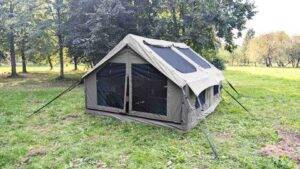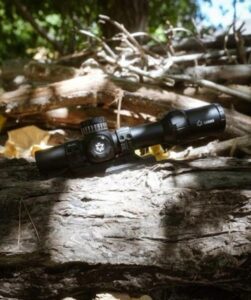SPRINGFIELD, IL – An outbreak of Epizootic Hemorrhagic Disease (EHD) has been ongoing again this year in white-tailed deer in Illinois, though not as severe or extensive as in 2012. A total of 403 deer mortalities have been reported from 51 counties as of September 30, according to data compiled by the Illinois Department of Natural Resources (IDNR). This compares to 2,043 deer reported as probable EHD deaths from 76 counties at the same time last year.
EHD is a viral disease, spread by biting gnats, which can cause high fever and severe internal bleeding in deer. While often fatal to deer, EHD is not hazardous to humans or pets. EHD-like symptoms in cattle have been reported where EHD has been confirmed in deer. Cattle can be successfully treated with medications.
Heaviest hit Illinois counties in 2013 include Woodford (68), Jo Daviess (64), Pike and Adams (35 and 29, respectively), as well as Fulton (32). Of interest is the fact that the hardest hit counties from last year (Cook, Macon, Shelby, Coles, and Calhoun) are reporting little if any EHD this year, a result of resistance to the disease within the local deer populations that results from exposure to the virus.
Drought conditions tend to exaggerate the impacts of EHD, as limited water sources tend to congregate the deer in areas where gnats and the virus are present. There is no effective management treatment for this disease. An insect-killing frost ends an EHD outbreak as the gnats necessary for transmission of the virus between deer are no longer present.
EHD is neither new nor unique to Illinois. First identified in 1955 in Michigan and New Jersey, EHD and a similar disease known as blue-tongue are regular events in the southern United States. The neighboring states of Missouri and Iowa are also reporting EHD-related deer mortalities this year.
Hunters and landowners who find sick or dead deer that they suspect may have resulted from EHD are asked to contact their nearest IDNR field office to make a report. Discoveries of EHD- related deer mortality may also be reported to Doug Dufford, IDNR Wildlife Disease and Invasive Species Program Manager, at 815/535-2875 or email (doug.dufford@illinois.gov). Include a name and contact phone number as well as the county, number of dead deer, sex (if known) and specific location of the deer (distance/direction from the nearest town or intersection of two roads).
Maps showing the distribution of EHD-related deer mortality reports as of September 30 in Illinois for 2013 and 2012 are presented below.







